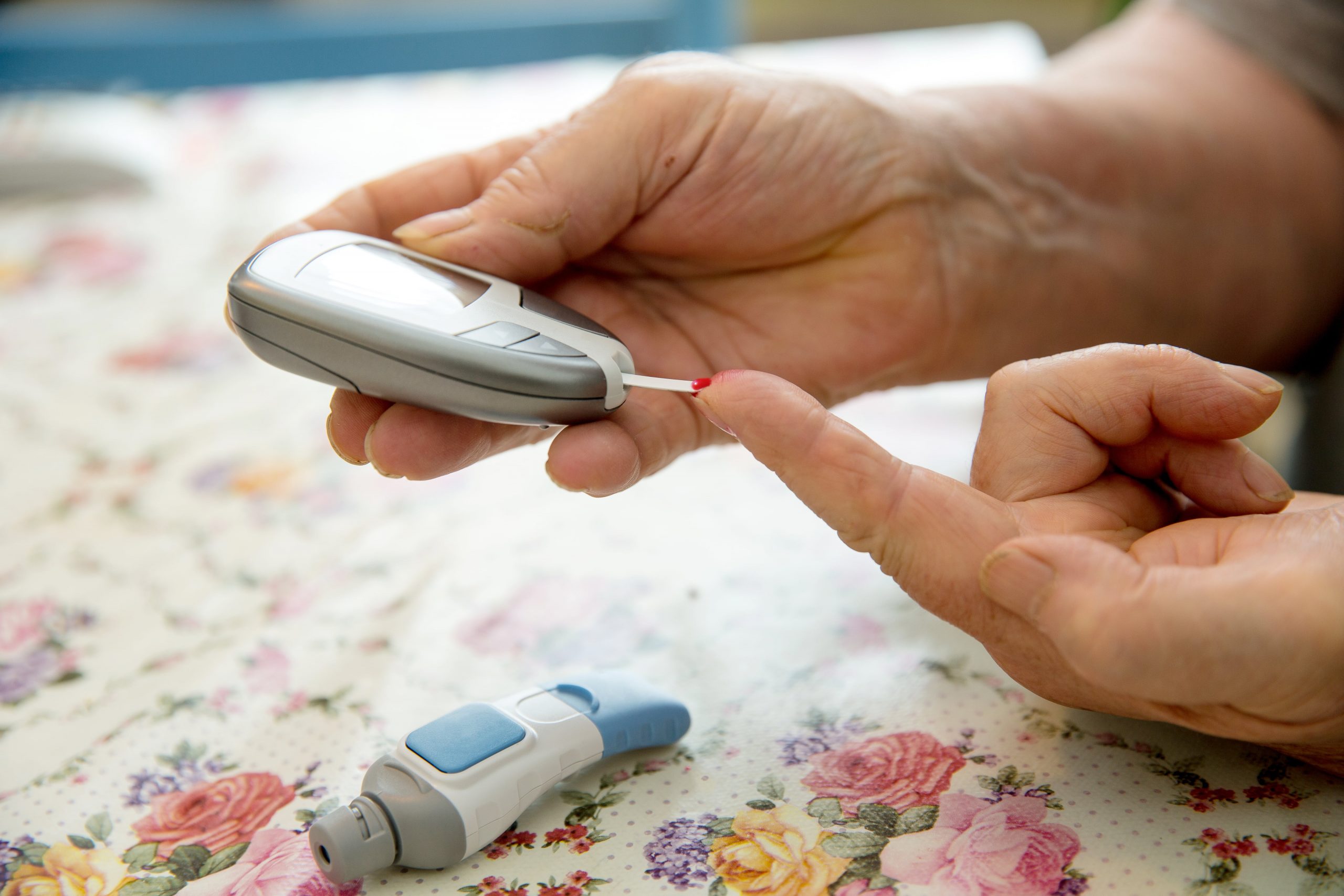Diabetes is a global killer disease, besides heart disease and cancer. Although you cannot alter your genes or past habits, there are a few things you can do to avoid advancing from prediabetes to diabetes.
Millions of people are affected by and die of diabetes type 2 yearly worldwide. There is absolutely nothing you can do to change your genetic make-up or what you used to do in the past. However, there is everything you can do now to avoid advancing from prediabetes to diabetes type 2. Prediabetes refers to the time when sugar levels are high but not high enough to be labeled as diabetes type 2. Thankfully, you can evade the advancement from this stage to diabetes. Here is what you have to do.
i. Quit a sedentary lifestyle and be active
A sedentary lifestyle is characterized by a lot of sitting all day long and little to no activity. Several studies have shown an average of 91% increased risk of diabetes type 2 among fellows on a sedentary lifestyle. Since shifting from this life once isn’t that easy, there are simple actions that you can do and yield fruits. They include using the stairs instead of riding in the elevator and standing and walking at least once every hour while making calls.
ii. Get enough vitamin D
There is a close linkage between all types of diabetes and vitamin D deficiency. A Finnish study showed that while children on vitamin D had at least 78% reduced risk of getting diabetes, those with lower than the recommended vitamin D levels often suffered from diabetes. The same is true of adults, many of whose risk of diabetes increases with vitamin D deficiency. Supplementing with 2000-4000 IU of sunlight has helped many reduce the risk of diabetes type 2. Dietary sources of vitamin D include cod liver oil and fatty fish.
iii. Cut down on processed foods
Admittedly, processed foods are attractive and appealing and often irresistible. Yet, they harbor all sorts of health conditions, including cancer, diabetes, obesity, and heart disease. Studies have shown that lowering your processed food consumption lowers the risk of diabetes type 2 at least by 30%. What’s more, by avoiding these foods and focusing on whole grains and nuts, and plant-based foods, you keep off the unhealthy refined grains and vegetable oils, which often cause health complications.
iv. Cut down on portion sizes
Whether you are sticking on some diet or not, watching portion sizes will help you lower the risk of diabetes, at least by 46%, as one study states. The more you eat at a time, the higher your blood sugar and insulin levels get, which is a risk factor for advancing from prediabetes to diabetes. Another study showed that within 12weeks of controlling portion sizes in a group, research participants significantly reduced their risk of diabetes by lowering their blood sugar and insulin levels.
v. Focus on the high-fiber diet
We know that fiber helps in digestion and prevents constipation. It also helps reduce the risk of getting diabetes, especially through the action of soluble fibers, which form a gel-like substance with water and slow down bowel movement. Slowed bowel movement means that absorption is slowed down, and blood sugar and insulin levels only rise gradually. Insoluble fibers do not absorb water but are still useful for diabetic control, although the mechanism is yet to be explained.
vi. Stick to diets low in carbs
Very low-carb and keto diets are popular, and for every good reason. One benefit of these diets is the reduced risk of diabetes type 2. When you stick to such a diet, insulin sensitivity increases, insulin, and blood sugar levels go down, and weight loss becomes real. These are strong points in reducing the risk of advancing from prediabetes to diabetes. In fact, several studies have confirmed this, including one that showed a 12% and 50% decrease in blood sugar and insulin levels, respectively, after only a few weeks of the low-carb diet.
vii. Quit smoking
Even as many people smoke, the habit is harmful and increases the risk of many diseases, including lung, prostate, and breast cancer, emphysema, and heart diseases. Several studies now link smoking to an increased risk of diabetes type 2. The studies show that, on average, people who smoke once or smoke 20 cigarettes and more daily have an increased risk of getting diabetes by 43% and 61%, respectively.
viii. Cut down on refined carbs and highly-sugared foods
Refined carbs and highly-sugared foods are common today, and they increase the risk of contracting diabetes type 2. Once they are taken, the body easily digests them and absorbs them into the system, causing an increase in blood sugar and insulin levels. Constant blood sugar and insulin levels are common among prediabetics and develop into diabetes in no time. Interestingly, about 37 studies were analyzed, and it was revealed that by taking it slow on refined carbs and sugared foods, you reduce your risk of diabetes type 2 by at least 40%.
ix. Make water your primary drink
Drinking water may boost your insulin sensitivity besides lowering blood sugar and insulin levels. Therefore, making it your main drink is one method of lowering the risk of diabetes type 2. Sweetened drinks like soda and fruit juices constantly raise blood sugar and insulin levels, and the back and forth is closely related to diabetes type 2 and latent autoimmune diabetes of adults (LADA).
x. Engage in regular workout
Workouts not only refresh but also help boost insulin function and sensitivity. Aerobic exercises, strength training, and high-intensity interval training are some exercises that will reduce insulin resistance and keep your blood sugar and insulin levels low. The effect is more pronounced when you work out regularly. Therefore, choose something you enjoy and can keep up within the long term.
xi. Lose pounds if you are overweight
Obesity is a risk factor for diabetes type 2 since obese people have many visceral fats that increase inflammation and decrease insulin response. You can try paleo, keto, Mediterranean, and other weight-loss diets to shake off extra pounds. Studies have revealed that sticking to a weight loss diet helps you reduce the risk of diabetes by 16% for every 1kg weight loss, and you can reduce the risk by as much as 96%. The more you lose, the lower the risk gets. Thus, choose a diet that you can stick to in the long term.
Conclusion
Prediabetes is the period when blood sugar levels are high, but not enough to be described as diabetes type 2. During this period, one can do several things to avoid advancing to diabetes. Find out what these measures are and practice them to avoid getting diabetes type 2.
Credits
We would like to thank the below contributors who have helped us to write this article:









